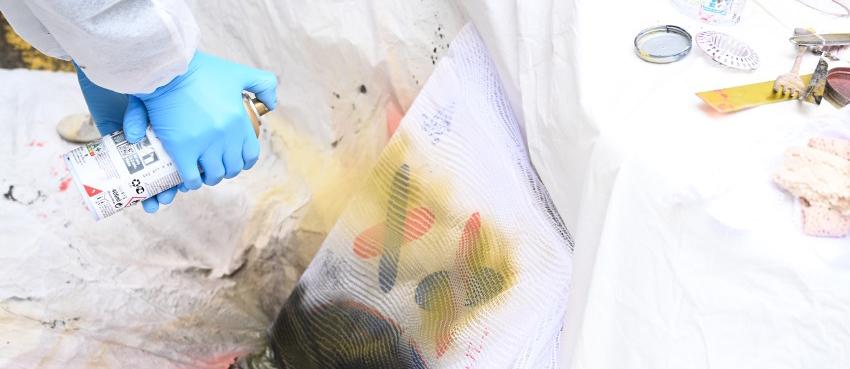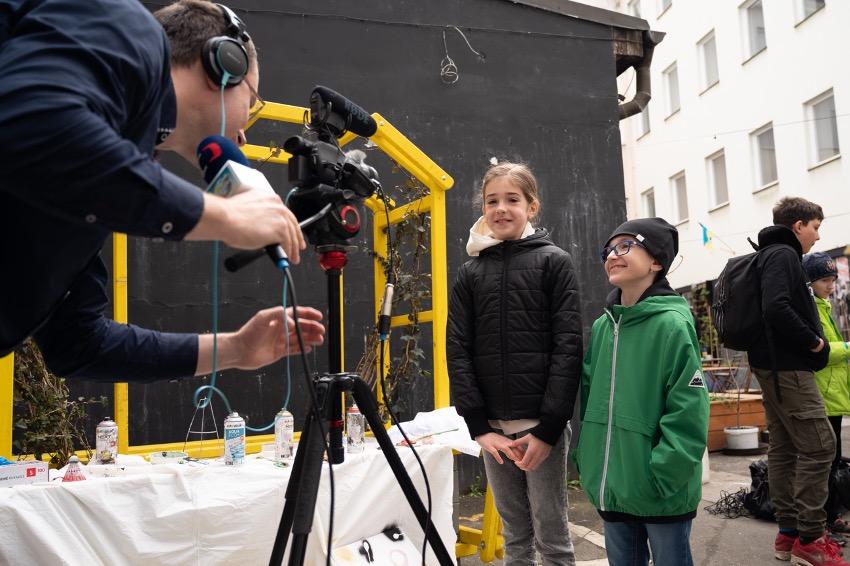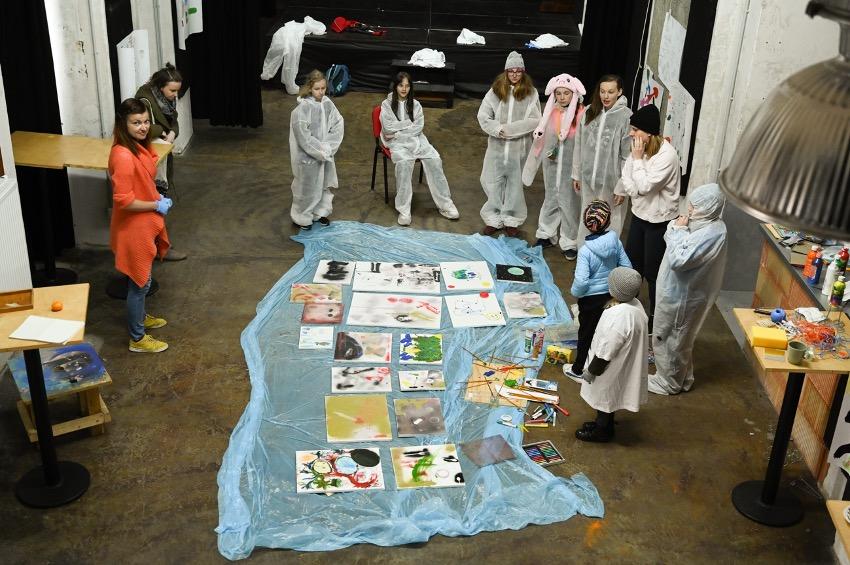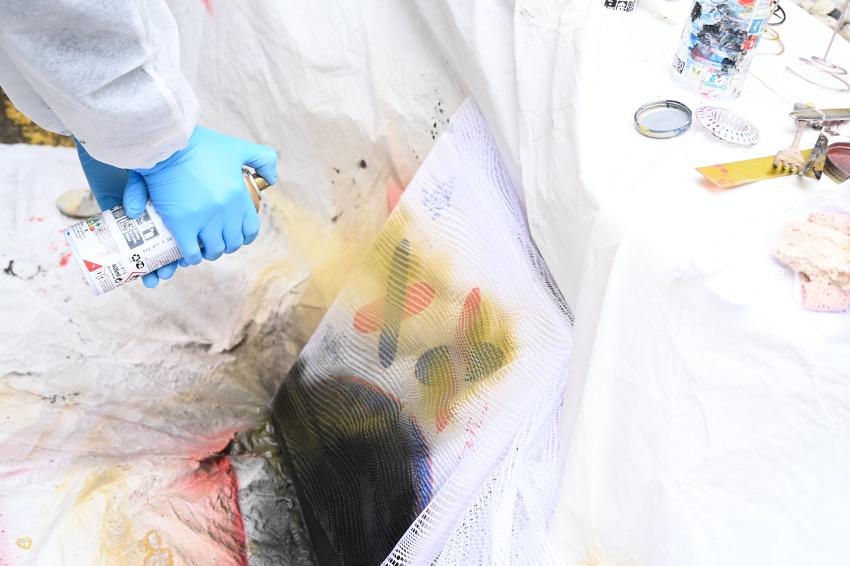What do you want to be when you grow up? If you had asked this question a couple of years ago to the pupils in Class 5D of Angel Primary School and Kindergarten in Prague’s District 12, like many other children their age, they might have shared their dreams of becoming international footballers, pop stars, or simply TikTok famous.
Who could blame these young children for dreaming big? Aged just 10 to 12 years old, they have many more years of "boring" study before reality sets in.
But what if these young, creative minds could be encouraged to actually enjoy subjects like maths, science, history, and geography? Could this open up a whole new world of opportunities for the next generation of mathematicians, scientists, historians, and geologists?
Thanks to the Creative Partnership Programme, an EU co-funded initiative introducing more creative learning opportunities into the classroom, children in schools like the Angel Primary School and Kindergarten quickly learn that school can be more fun and their futures brighter than they ever imagined.
The Creative Partnership Programme
Celebrating its 10th year in the Czech Republic, the Creative Partnership Programme is an educational initiative introducing more creative learning opportunities into the classroom. The programme invites artists and other creative thinkers into the classroom to collaborate with teachers and encourage children to adopt more creative learning habits.
Katarína Kalivodová, CEO of Společnost pro kreativitu ve vzdělávání (SPKV), which translates in English to the Association for Creativity in Education, the organisation spearheading the programme, explains how it works.
"We are trying to develop something at the system level that we call creative learning," says Katarína. "Creative practitioners come from across all areas of the arts and creative industries, and they include artists, actors, dancers, musicians, commercial designers, architects, and writers. These creative individuals often have a different way of looking at things not constrained by traditional educational thinking."
Creative habits of the mind
The Creative Partnership Programme is based on research around creativity, culture and education conducted by the British academics, authors, and social entrepreneurs Bill Lucas and Ellen Spencer, who created a framework around "The Creative Habits of the Mind".
"By promoting 'Creative Habits of the Mind', we hope to foster greater curiosity, collaboration, persistence, discipline, and imagination," says Katarína. "This helps students develop the skills and core competencies that young people generally need if they want to succeed in the modern age."
Katarína explains that the creative sector brings the tools that teach children to develop creative and analytical thinking skills. In many ways, students wouldn't typically explore these skills before starting a university education.
"It's about changing how young people think," says Katarína. "It enables young people to think about a problem rather than just teaching them the solution."
So much fun, students forget they are learning
Angel Primary School and Kindergarten is just one of more than 50 schools in the Czech Republic to have benefited from the three-year programme. In the programme's first year, young students at Angel collaborated on creative learning actions to help them with their science projects.
Speaking via their class 5 teacher, Eva Cupalová, the children said, "In our science classes, we learned animation skills which helped us develop a practical understanding of science. It was fun, and we became more interested in science."
Now in their second year, the young students are taking a similar approach to learning history.
Katarína explains how the creative partnership focuses on project work rather than traditional classroom learning. Pupils are encouraged to absorb themselves in the learning process, documenting their learning experience through creative arts and crafts. They’ll be encouraged to paint posters, write and perform poems, and stage plays.
"Sometimes the children on our programme don't realise they are learning," says Katarina. "Even when taking a maths or geography class, they are freer, more open-minded, and less stressed.
A vocational path beyond primary education
The Creative Partnership Programme creates opportunities across the entire educational landscape, from primary education to vocational educational centres, creating learning opportunities for children between the ages of 6 and 18.
Katarína explains the programme is particularly successful in improving educational attainment in children with low levels of academic motivation. Many of these children come from deprived backgrounds and, having no identifiable role models, struggle with their levels of aspiration.
"You can see those children in every classroom," says Katarína. "The creative practitioners come into the classroom and work with teachers to help children discover their potential and find greater motivation.”
The creative practitioners not only share their skills with the class but also highlight opportunities in life that young people may not have previously been exposed to in school.
“For the first time in their lives, many of these young people start looking at potential career paths and the various educational routes they need to take to achieve their goals," says Katarína. “This is important because in the Czech Republic, only 4% of pupils whose parents did not receive a secondary education currently go on to achieve a university education. We want to get creative and change these children’s futures for the better.”
More information about the Creative Partnership Programme in schools and vocational education centres in Prague and across the Czech Republic is available on the Spkv Education’s website.
The Angel school has received funding from the European Social Fund Operational programme Research, Development and Education for support to teaching staff.
Media Coverage
This article has been published in the Czech Republic by Týdeník Školství (in the magazine’s print edition).




